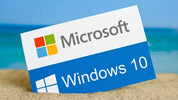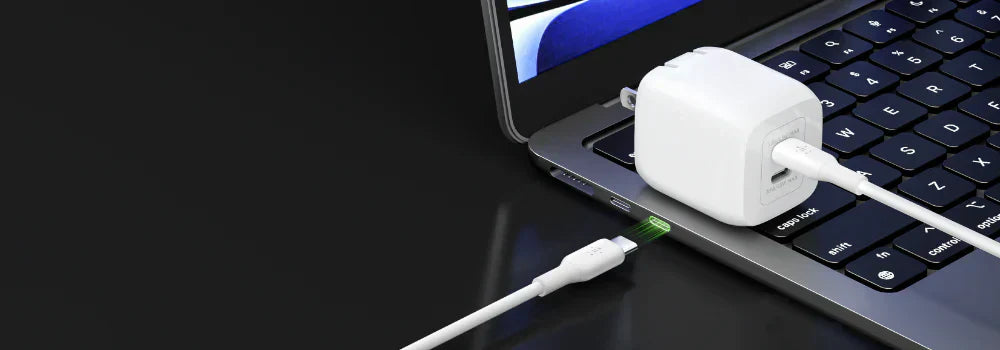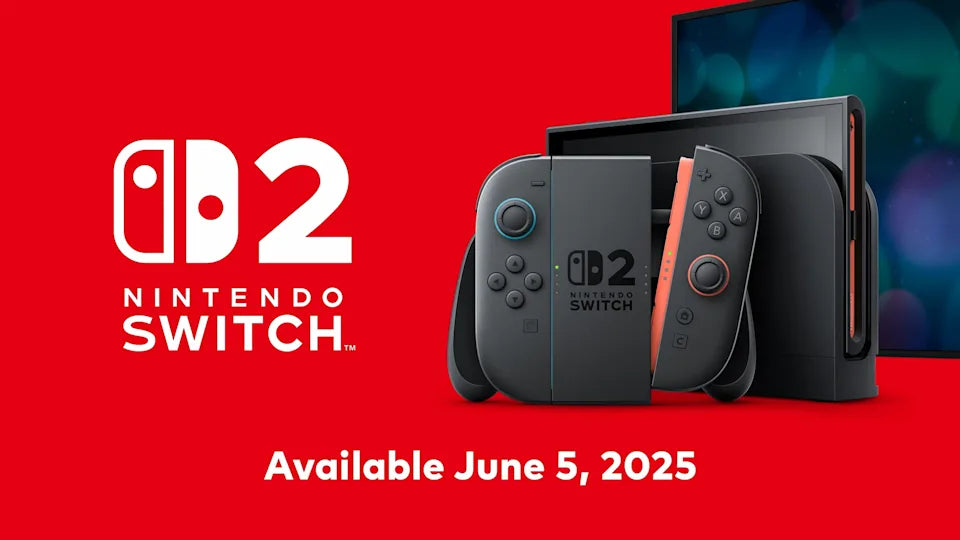
Microsoft Windows 10 End of Life in 2025: What It Means for Businesses and Users
, by PC Bazaar, 5 min reading time

, by PC Bazaar, 5 min reading time
Microsoft has officially announced that Windows 10 support will end on October 14, 2025. After nearly a decade of being one of the most reliable and widely used operating systems, its sunset marks a major turning point for both businesses and consumers.
Launched in 2015, Windows 10 has served as a stable backbone for over a billion PCs worldwide. Microsoft initially committed to a 10-year lifecycle — and now, with the introduction of Windows 11 and upcoming Windows 12, the focus has shifted toward AI-driven, cloud-integrated experiences.
This strategic move allows Microsoft to prioritize security, AI productivity, and seamless device integration to keep up with the evolving tech ecosystem.
Once support ends, Windows 10 devices will no longer receive security updates or feature patches. Here’s what users and businesses should expect:
| Category | Impact |
|---|---|
| Security | No new patches or updates, increasing exposure to cyber threats. |
| Software | New applications may stop supporting Windows 10 compatibility. |
| Compliance | Businesses may risk non-compliance during IT audits. |
| Hardware | Older devices might not meet Windows 11 or 12 requirements. |
For organizations, this isn’t just an update — it’s a transformation opportunity. Businesses should start preparing early by:
💡 Tip: Microsoft will offer an Extended Security Update (ESU) plan for enterprises needing extra time — though it’s a paid service.
If you’re a regular user, here’s what you can do:
The next generations of Windows will bring smarter AI tools, energy efficiency, and deeper cloud integration. Features like Copilot AI assistant, real-time productivity suggestions, and optimized gaming performance will redefine how we work and play.
The Windows 10 sunset is a defining moment — signaling the future of computing. Whether you’re a business or an individual, adapting early to Windows 11 or 12 ensures long-term security, stability, and efficiency.
The industry is moving rapidly toward AI-driven systems — embracing this evolution now means staying ahead of the curve. Start planning your migration strategy today to future-proof your workflow.
| Pros (Businesses) | Cons (Users) |
|---|---|
| Opportunity to modernize IT infrastructure | May require buying new hardware |
| Improved security with Windows 11/12 | Learning curve during transition |
| Better support for AI and productivity tools | Legacy software might stop working |
| Future-proofed business environment | Possible short-term disruptions |
Ready to upgrade? Explore the latest AI-ready laptops:
Q. Can I still use Windows 10 after 2025?
Yes, but your PC will no longer get security updates, which could make it vulnerable.
Q. What are the hardware requirements for Windows 11?
You’ll need TPM 2.0 support, a compatible processor, and 4GB RAM minimum.
Q. What is the Extended Security Update (ESU) program?
ESU allows organizations to continue receiving security patches beyond 2025 for a fee.

Original vs Compatible Laptop Charger: Which One Should You Buy? Original vs Compatible Laptop Charger: Which One Should You Buy? Whether you own a Dell,...

Nintendo Switch 2 Launch: Price, Specs, and Hype in India The gaming world is buzzing with the release of Nintendo Switch 2, the much-anticipated successor...

🔥 AMD Radeon RX 9060 XT Now Hitting Amazon The long-awaited AMD Radeon RX 9060 XT has officially arrived! Built on the RDNA 4 architecture,...